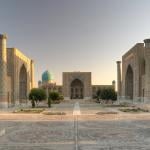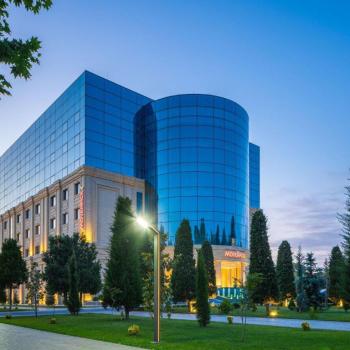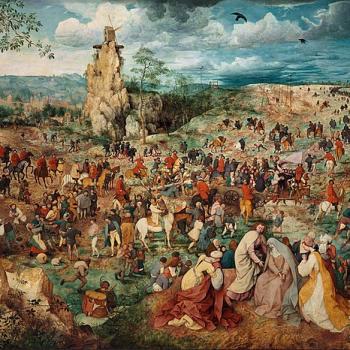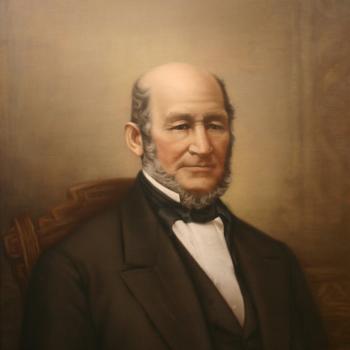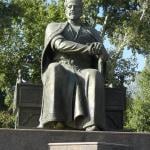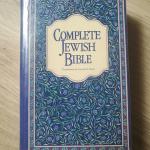
Wow. I flew over Bandar Abbas on the night that this happened: “Massive explosion at Iranian port kills 14 and injures hundreds”
The topic of fluctuations in religious faith and commitment continues to interest me:
- “Gen Z is finding religion. Why? 3 theories for Gen Z’s return to God and faith.”
- “The Plateau Of The Religious Nones Continues”
- “This Just In: Traditional Religion In The US Now ‘Obsolete’”
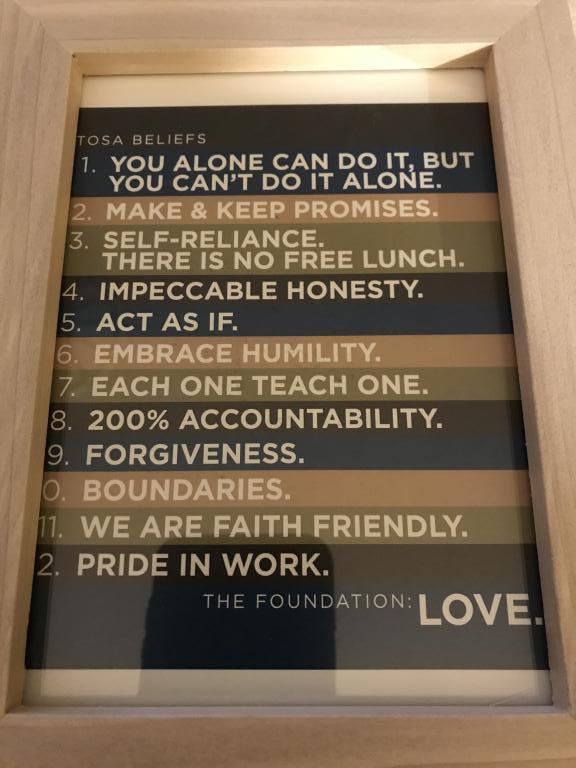
I cannot imagine anybody who would deserve this award more than my longtime friend Joseph Grenny does: 2025 Utah Community Builder: Joseph Grenny
The Salt Lake Chamber, in partnership with the Utah Community Builders recognized Joseph Grenny, co-founder and board chairman for The Other Side Academy and The Other Side Village, with the 7th annual Utah Community Builder Award. This award recognizes an inspirational individual who has gone above and beyond the call of duty to address critical community needs. Grenny received the award on April 24, 2025, at the 2025 Giant in our City celebration.
The projects of The Other Side are absolutely remarkable and are absolutely worthy of support.
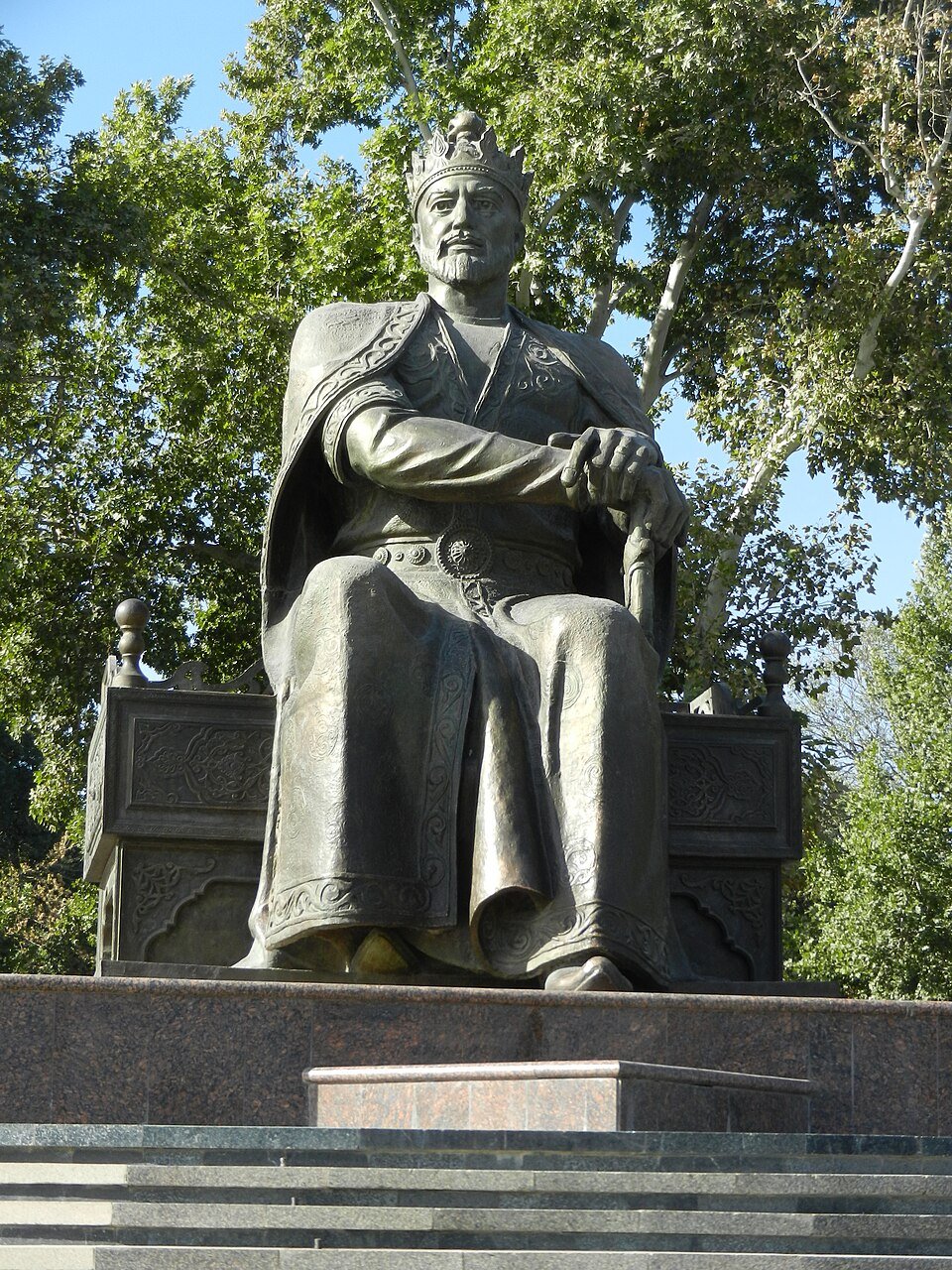
In stark contrast to Joseph Grenny, I wrote yesterday about my reluctance to praise the Amir Timur-i Leng, founder of the Timurid Empire and ruler of Samarkand (whose elegant and monumental mausoleum we visited yesterday) as “Timur the Great.” In response, I’ve now been implicitly characterized as a cloistered, judgmental, and effete academic with little or no experience with the real world outside of the library. And, of course, as very possibly a racist. (After all, neither Timur nor Kamehameha I — the other “great”conqueror about whose alleged greatness I’ve recently ventured doubts — was a white man. So, apparently, it’s only uppity people of color who make me uncomfortable. (I’ll continue to search the historical record for a white English-speaking conqueror who is comparable to Timur so that, by condemning him [or her], I’ll be able demonstrate my even-handed ethical sense. I’m sure that I’ll find that person, but I need to be patient.
I suppose that it must be Timur’s non-Aryan racial background that puts me offcouldn’t possibly be the great and seemingly psychopathic pleasure that Timur appeared to take in torturing and killing people. One of his trademark acts after capturing a city was to build large piles or towers of severed heads; one source that I recall reading in graduate school reported that, with the passage of time, the severed heads would decay and, at night, they began to give off an eery greenish glow.
Once, when the Persian city of Isfahan — an important center of art and literature that I have visited — revolted against his oppressively high taxes, he ordered its citizens massacred; the death toll is estimated to have been between 100,000 and 200,000. An eye-witness counted more than 28 towers constructed of about 1,500 heads each in the case of Isfahan alone.
Here’s a charming story that I also recall reading while I was in grad school: A mid-sized city found itself in the path of Timur’s conquests and, hearing about the mass slaughters that had occurred in towns that had resisted him, decided to open its gates and surrender rather than to suffer the same fate. In fact, it went even further: When the conqueror approached, the residents of the city sent a large number of its young girls out to meet him, dressed in white and strewing flowers before him. Evidently, though, he wasn’t in a good mood. (Maybe he had a headache. Maybe his rheumatism was acting up, or he had a bad hangnail.) So he ordered his cavalry to trample the young girls to death. (How can I conceivably fail to warm up to such a man?)
One source suggests that, altogether, Timur was responsible for the deaths of approximately twenty million people. In the fourteenth century, a death toll of twenty million people would represent roughly five percent of the world’s total population .
Still, if I, as a cloistered and effete modern bookworm who lacks real-world experience, am in no position to form a moral judgment regarding Timur, then I remain confused. After all, given such disqualifying gaps in my biography, I don’t seem to be positioned in any way to pronounce him “great.” Which effectively yields the same result that my presumptuous prior post did, when, on putative moral grounds, I expressed my reluctance to call him “Timur the Great.”
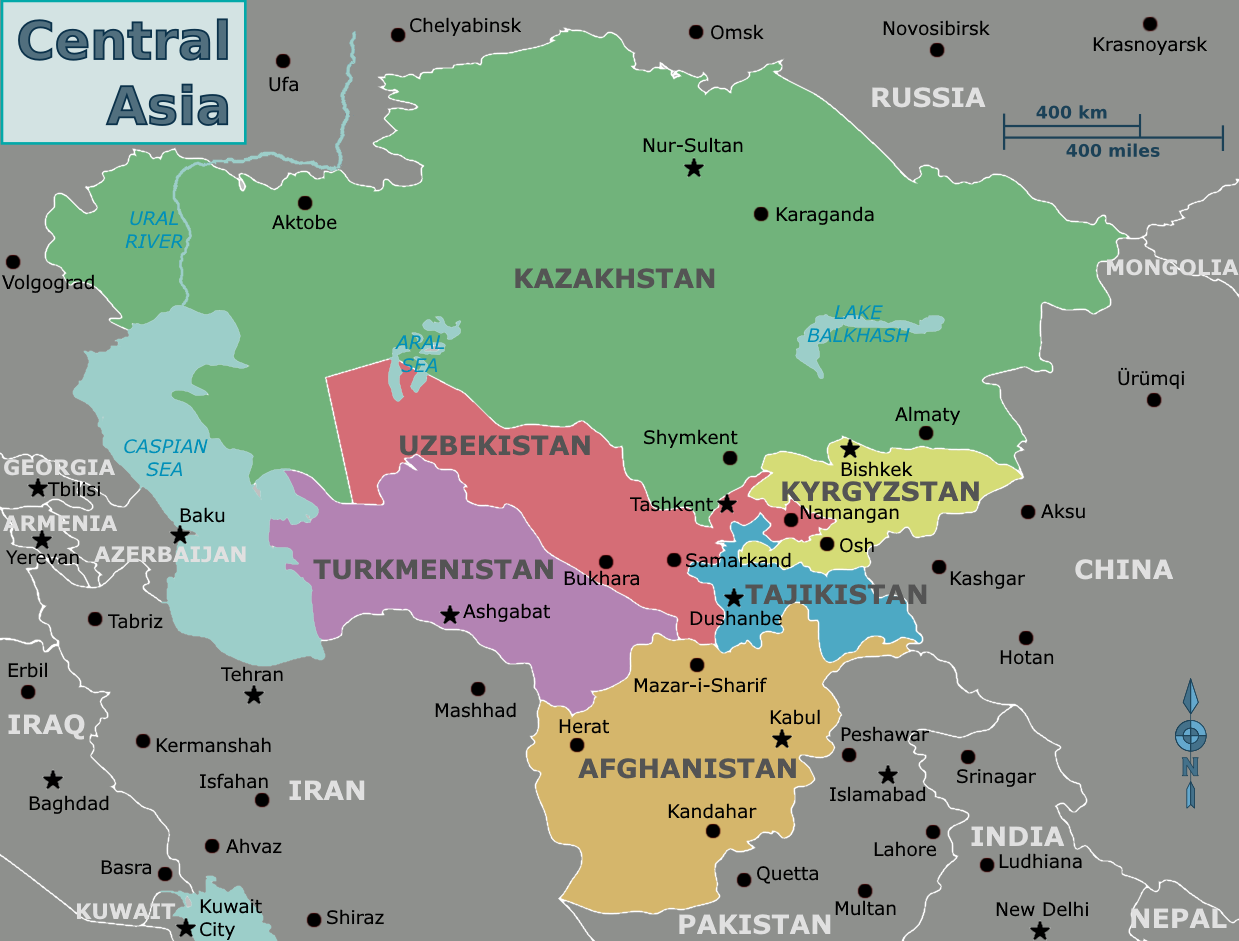
I’m simply too tired to write anything here about the six-hour closed door session that four Iranian Shi‘ite religious scholars (two of whom are actual imams) had this afternoon and into the early evening with four Latter-day Saint scholars. (Covfefe, anyone?) And, anyway, it was behind closed doors. But it was really interesting. And, later, the larger conference group had a dinner-reception with the deputy governor of the Samarkand region, during which I was able to sit with a husband and wife from St. George who are here as a service couple, teaching English in Tashkent at their own expense as volunteers. (There is also a couple from England who also volunteering in Tashkent, but the English couple didn’t come from Tashkent for tonight’s dinner.) The Labrums appear to be having a remarkable experience. We soon established that he had served in the Switzerland Zürich Mission during roughly the same time that I did. He arrived there a year after me, and I now recall his name. But we never served in the same area.
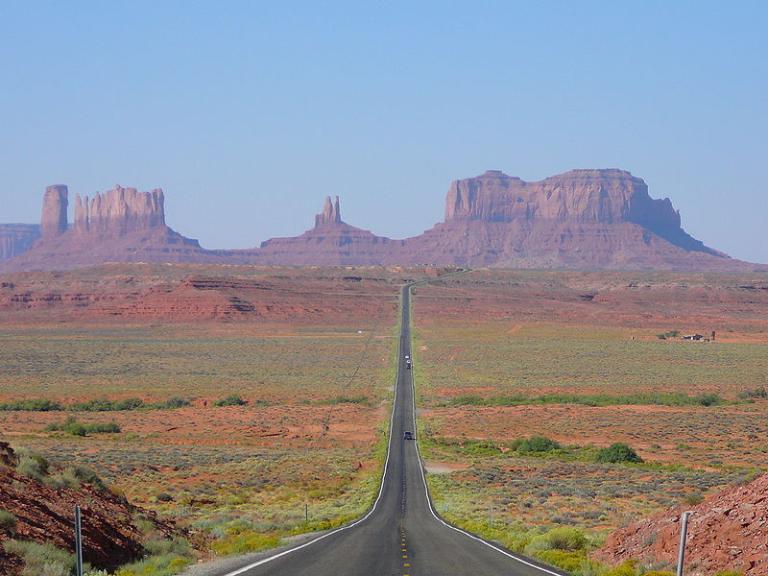
(Wikimedia Commons public domain photo by Marc Everette)
However, in conclusion — and just to bring you down from the rush of pleasant emotions that reading about Timur might have caused — here are some horrific gleanings from the Christopher Hitchens Memorial “How Religion Poisons Everything” File™:
- “A Gift of Light to a Proud Community”
- “3 examples of Primary service activities from England, Utah and Panama: Primary children around the world are answering the invitation to plan, invite and serve” (Three examples, in other words, of how theism and theists seek to corrupt our children!)
- “From Light to Water: Church Helps Westwater (Navajo Nation) Finish Utility Work: “We want to be part of living the two great commandments of loving God and loving our neighbor,” Elder Dunn says”
- “Opinion: Utah’s innovation blueprint can keep America ahead in the global tech race” (How America’s most obviously theist-dominated state continues to fail.)
- “Report: Utah’s price-adjusted $98k median income leads the nation: Beehive State is also tops in GDP growth and broke the $300B mark for the first time” (Again, can you see how an American state has clearly been blighted by religion?)
- “BYU professional programs land high marks, engineering makes big jump in U.S. News grad ranks: BYU Law earns No. 11 for new ranking on grads in federal clerkships” (Theism is manifestly incompatible with academic achievement.)
Posted from Samarkand, Uzbekistan


